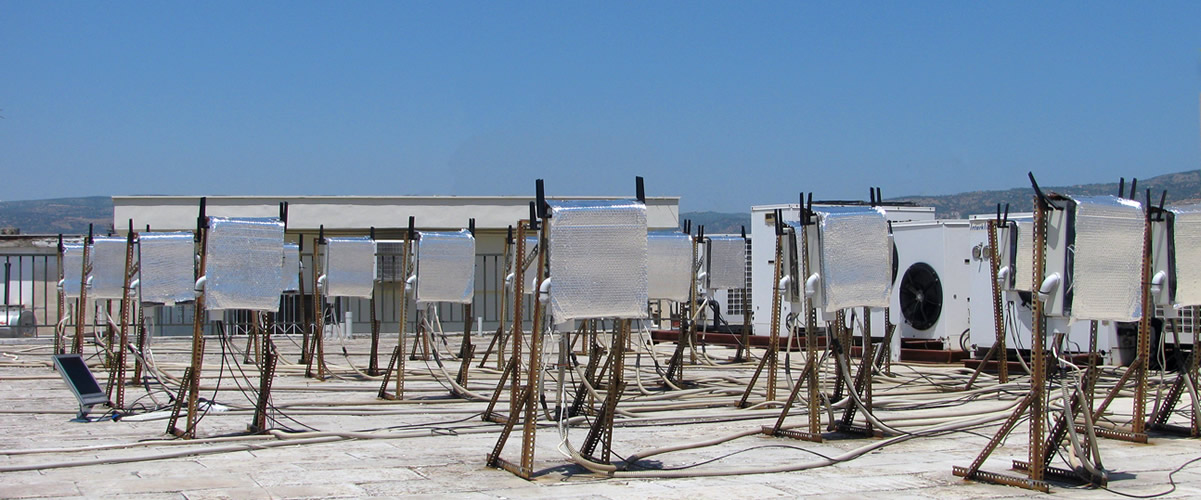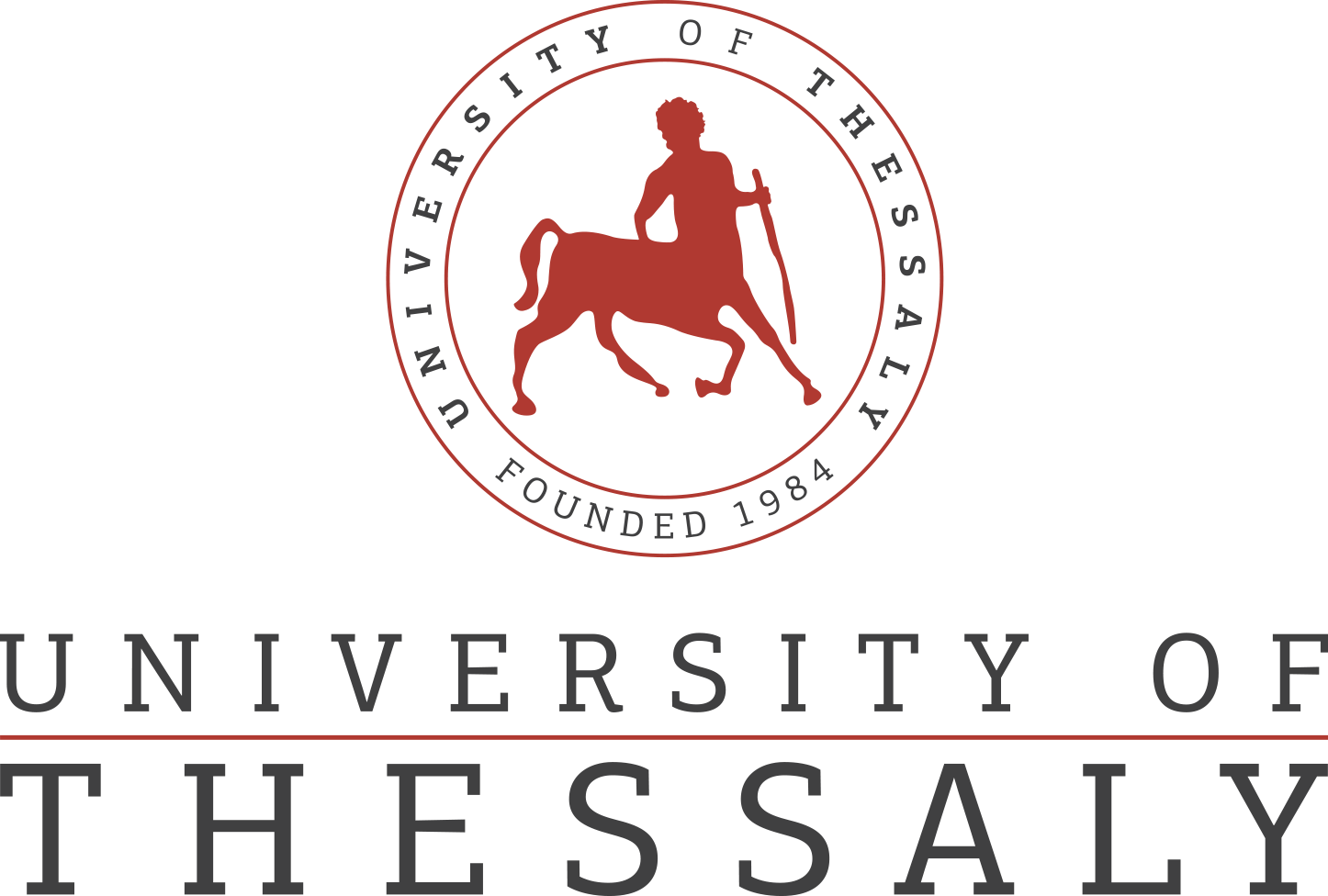Content
CONTENT will focus on developing next generation high capacity end-to-end, heterogeneous infrastructure technologies to support the network of the future. The model proposed will be based on the Infrastructure as a Service (IaaS) paradigm and provide a technology platform interconnecting geographically distributed IT resources that can support a variety of Cloud services. This platform will include an advanced multi-technology network infrastructure, through which IT resources are shared by multiple operators and service providers and accessed remotely on an on-demand basis. The network solution will be based on the integration of next-generation wireless access and optical access-metro network technologies.
CONTENT will focus on a hybrid wireless solution based on WiFi and LTE and a WDM access-metro network with frame-based sub wavelength switching granularity, incorporating active nodes that also support backhauling of the wireless access network. To support the IaaS paradigm, CONTENT will adopt the concept of physical resources virtualization across the technology domains involved. Virtualization will facilitate sharing of physical resources among various virtual operators, introducing new business models and enabling new exploitation opportunities for the underlying physical infrastructures.
The CONTENT consortium comprises a unique combination of the required technical expertise, with high complementarities in skills as well as balanced industrial and academic participation to achieve this objective.
Project's website: http://content-fp7.eu/
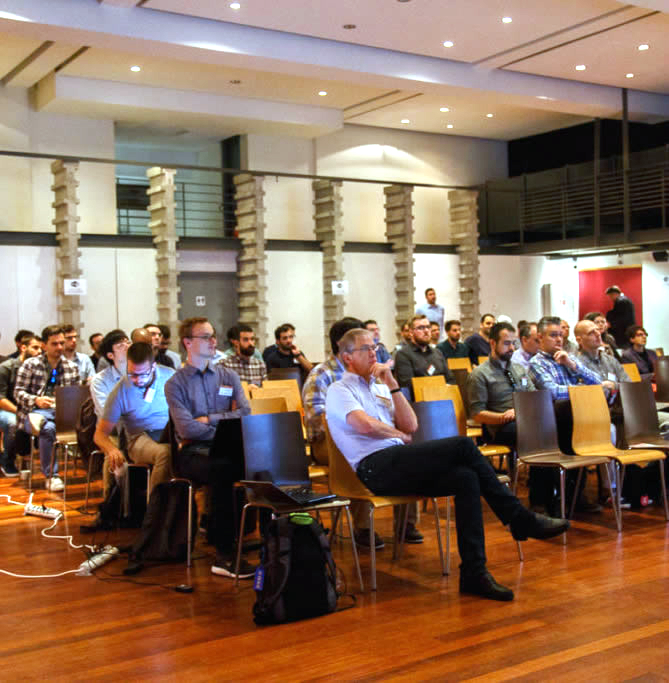
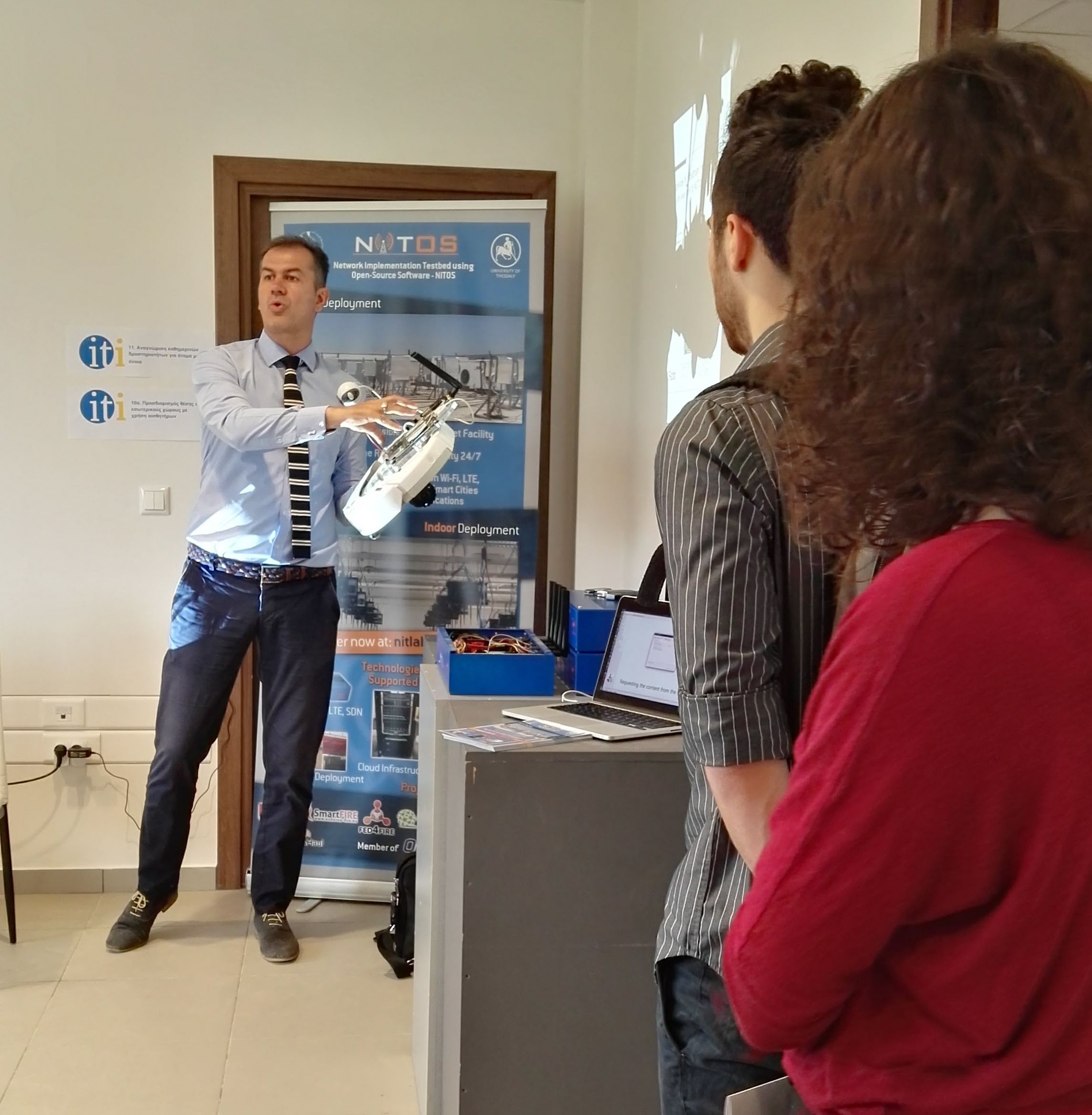
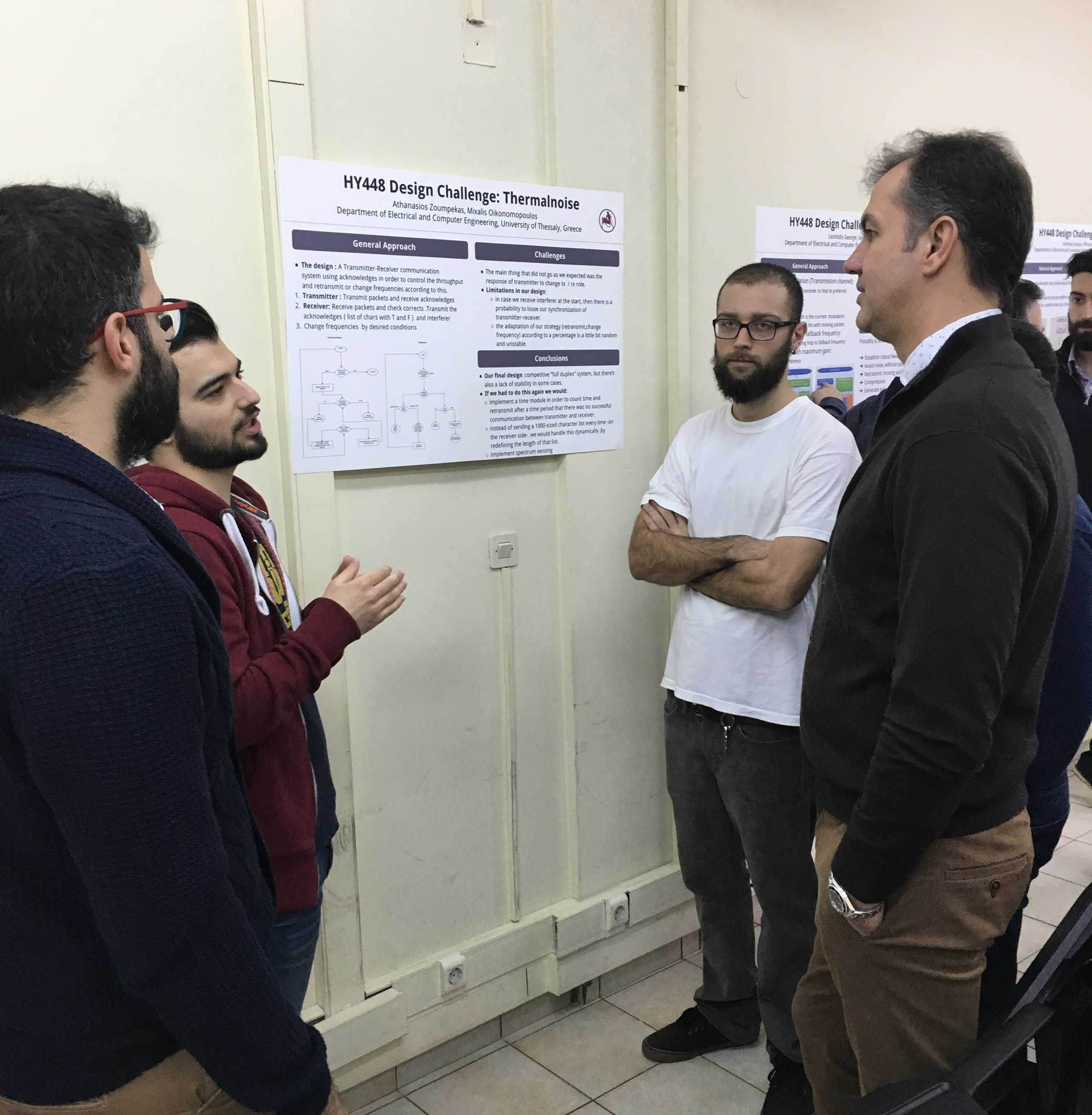

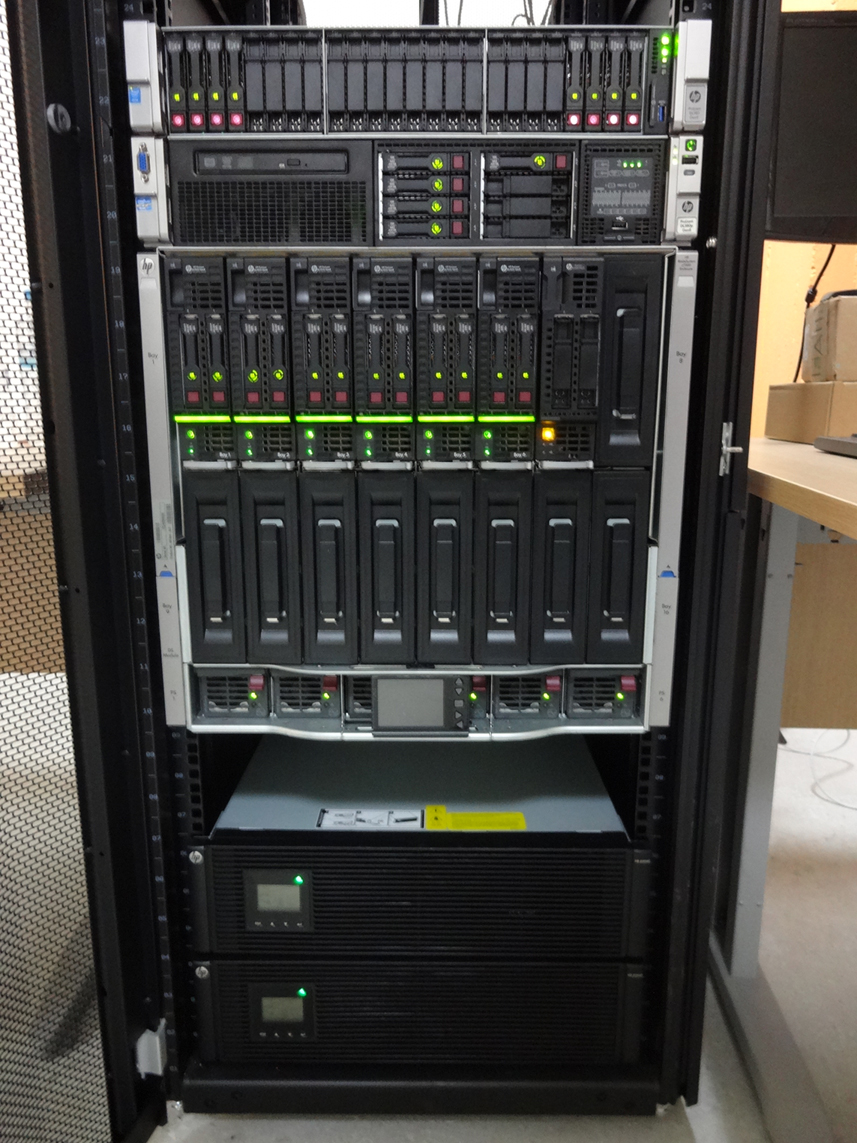 Each blade server has
Each blade server has